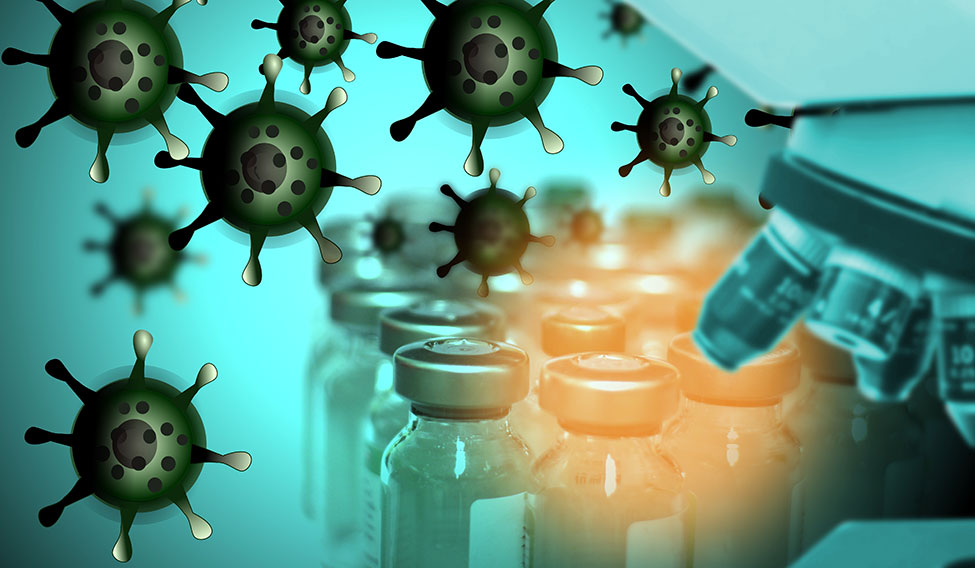Every year, around 1.2 million Indian children die before they celebrate their fifth birthday. 3 lakh children die the day they are born. Every 12 minutes, at least one Indian woman dies during childbirth. Sadly, many of these are potentially preventable deaths.
What's ailing our healthcare system? Why are we not able to bring down maternal and infant deaths, despite being the largest exporter of doctors and nurses to European countries? ''All this happens because our government hospitals are short handed,'' says Dr Devi Prasad Shetty, chairman, Narayana Health, Bengaluru. ''Our community health centres face 83 per cent shortage of medical specialists. Today, in government hospitals, very little surgical procedures are happening. So, we need to look at how to make our hospitals more vibrant,'' he says. ''My tonsillectomy was done in a government hospital. Today, would you like to go to a government hospital for a procedure? This is a shameful situation,'' he says.
There has been a hue and cry over private hospitals charging exorbitant amounts for treatment and tests. Shouldn't they consider reducing the costs to make healthcare affordable for all? I ask. ''It is a myth. More than half of the country's population can't afford treatment in private hospitals, even if they reduce the costs,'' says Shetty.
Shetty suggests it is high time we increased the number of PG Medical seats in the country. ''In the US, they have 20,000 undergraduate seats and 40,000 postgraduate seats. So, not only can American doctors become specialists, doctors from India or any other country can go to the US and get a specialist degree. We have over 63,000 undergraduate seats across the country. But there are only 14,500 PG seats.''
With this shortage, we can never reduce maternal mortality, he says. Around 26 million babies are born in the country in a year. ''Conservative estimate is that 20 per cent of the pregnant ladies need C-section especially because they didn't have good antenatal check up. That means we need to do 5.2 million C-sections per year. For that, we require at least 2 lakh gynecologists, anesthetists, pediatricians and radiologists. We have less than 50,000 gynecologists. Half of them don't practise obstetrics and all of them live in cities. And 60 per cent of children are born in rural India, '' says Shetty.
It is imperative that we bring down the cost of medical education to such a level that those from poor families can become doctors, he says. ''Outstanding doctors across the world with magic in their fingers generally came from deprived background. These are people who have fire in their belly. They can work 24 hours a day and master the learn the art of healing. Children from rich families don't have that passion. So essentially we have to change the way our medical education runs,'' says India's beloved cardiac surgeon who leaves no stone unturned to overhaul the system.







